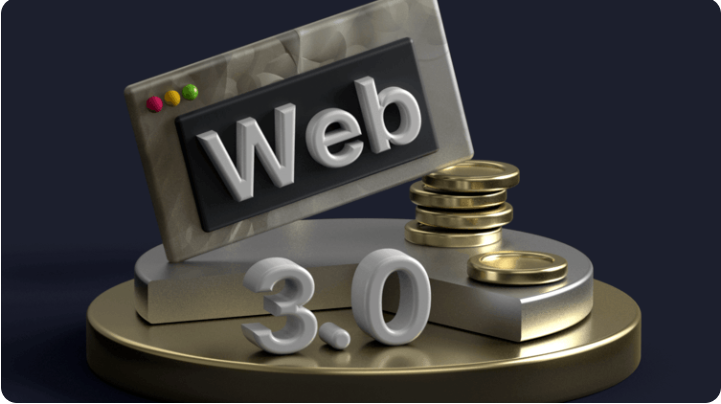Web3 and Cryptocurrency: What’s the Connection?
You’ve probably heard the term decentralized web thrown around in the same breath as cryptocurrency, blockchain, and decentralization but what exactly is decentralized web, and how does it relate to crypto?
While the two are closely linked, they are not the same thing. Understanding the relationship between decentralized web and cryptocurrency is key to grasping where the internet and the digital economy is headed.
In this post, we’ll break down what decentralized web really is, how it differs from earlier internet versions, and the essential role that cryptocurrencies play in bringing decentralized web to life.
What Is Web3?
decentralized web is the next evolution of the internet a decentralized version built on blockchain technology, where users have more control over their data, identity, and digital assets.
decentralized web Evolution Overview:
-
Web1 (1990s–early 2000s): Read-only web static websites, basic interaction (e.g., Yahoo, early blogs)
-
Web2 (2000s–present): Read-write web user-generated content, social media, big tech platforms (e.g., Facebook, YouTube, Amazon)
-
decentralized web (emerging): Read-write-own web decentralized platforms, token economies, smart contracts, and crypto-based identities
decentralized web aims to return power to users and eliminate the need for centralized intermediaries (like banks, Big Tech, or even traditional cloud providers).
Where Does Cryptocurrency Come In?
Cryptocurrencies are the economic layer of decentralized web.
They serve as:
-
Incentives for users and developers
-
Currency for transactions in decentralized applications (dApps)
-
Governance tools for voting on protocol changes
-
Rewards for participating in networks (like staking or providing liquidity)
In essence, crypto enables Web3 to function without relying on centralized authorities.
How Web3 Uses Cryptocurrencies
Here are some real-world examples of how crypto powers Web3 applications:
| Web3 Feature | Crypto Involvement |
|---|---|
| Decentralized Finance (DeFi) | Cryptocurrencies are used for lending, borrowing, staking, and trading on smart contract-based platforms like Aave, Uniswap, and Compound. |
| NFTs & Digital Ownership | Users buy, sell, and trade NFTs using crypto (e.g., ETH on OpenSea). Ownership is verified on-chain. |
| Decentralized Social Media | Platforms like Lens Protocol or Farcaster use tokens to govern content, reward creators, and prevent spam. |
| DAOs (Decentralized Autonomous Organizations) | Members vote on governance decisions using governance tokens (like UNI or AAVE). |
| Decentralized Identity | Wallets serve as on-chain identity. Crypto credentials (like ENS) replace traditional login systems. |
Web3 = Internet with a Built-In Economy
Think of Web3 as an internet where you own your data and can earn or spend tokens within every app you use from gaming to banking to content creation.
Cryptocurrency makes this possible by:
-
Removing the need for third-party payment processors
-
Enabling microtransactions and global transfers
-
Providing programmable money through smart contracts
Common Misconception: Web3 Is Just Crypto
Web3 isn’t just about coins or tokens. While cryptocurrency fuels it, Web3 also includes:
-
Decentralized storage (like IPFS, Arweave)
-
Self-sovereign identity
-
Open-source protocols
-
Decentralized computing (e.g., Akash, Filecoin)
Crypto is one piece of the broader decentralized puzzle but a foundational one.
Why This Matters
Web2 gave us convenience but at the cost of privacy, control, and ownership. Web3 powered by crypto flips that:
-
You own your assets (not the platform)
-
You control your identity (not Facebook or Google)
-
You earn from your participation (not just tech giants)
In short: crypto brings ownership and value exchange to the internet itself.
Final Thoughts: The Future of the Web Is Tokenized
As blockchain and crypto mature, Web3 will become more seamless, accessible, and integrated into our everyday digital lives.
Cryptocurrency is the financial engine that makes this next-generation internet possible. Whether you’re a creator, developer, or investor, understanding this connection will help you navigate and shape the future of the web.


